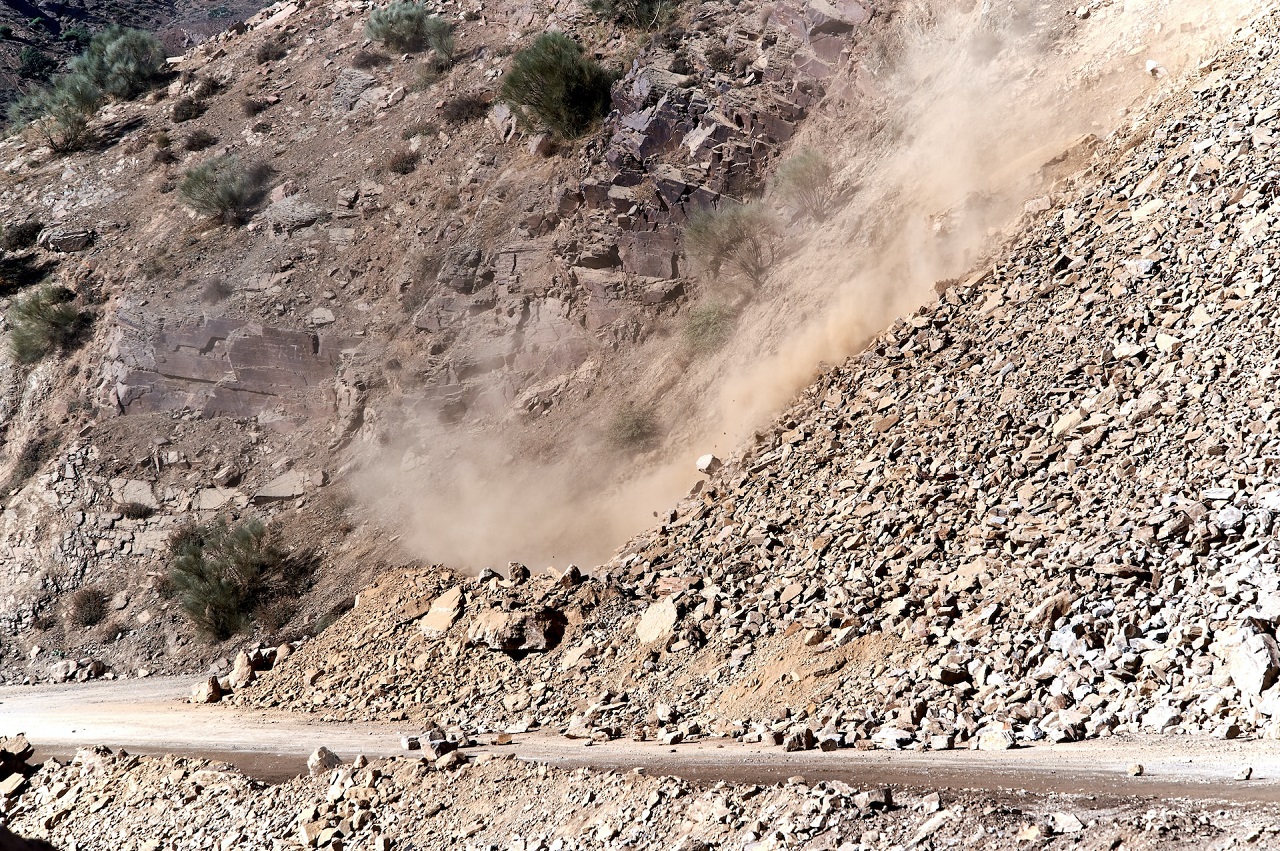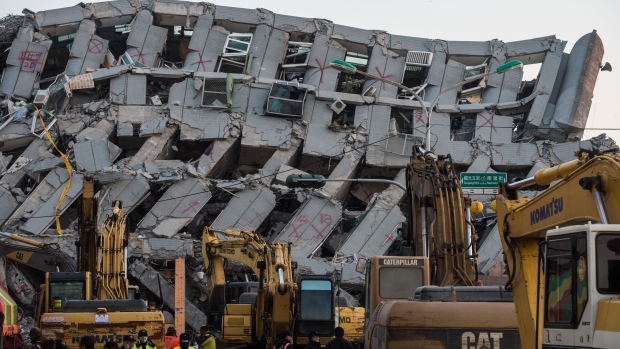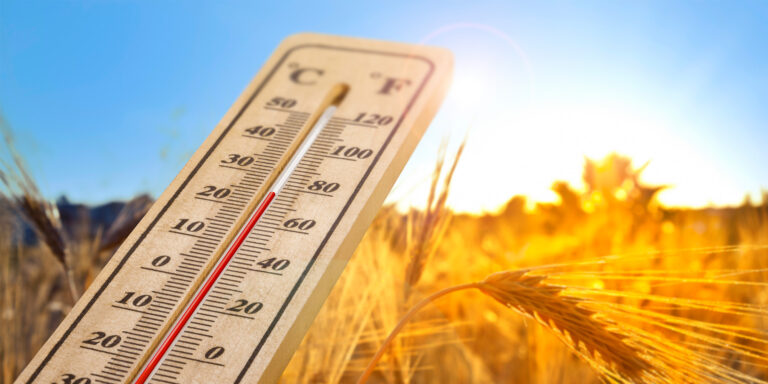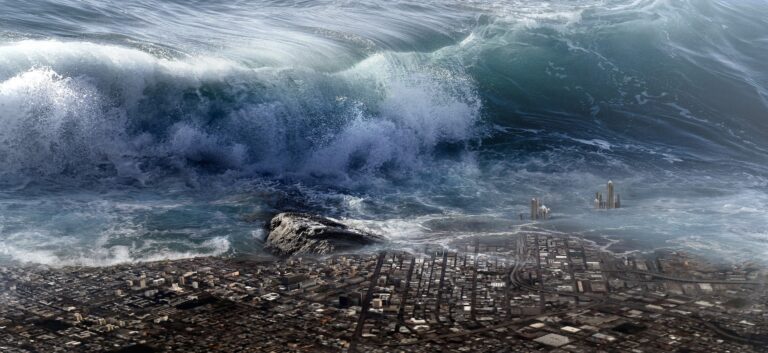Landslides are caused by disturbances in the natural stability of a slope. They can accompany heavy rains or follow droughts, earthquakes, or volcanic eruptions. Mudslides develop when water rapidly accumulates in the ground and results in a surge of water-saturated rock, earth, and debris. Mudslides usually start on steep slopes and can be activated by natural disasters. Areas where wildfires or human modification of the land have destroyed vegetation on slopes are particularly vulnerable to landslides during and after heavy rains.
Causes of Landslides:
Landslides can be caused by a combination of natural and human-induced factors. Some of the most common causes include:
- Heavy Rainfall: Prolonged or intense rainfall can saturate the soil, making it heavier and more prone to sliding. This is one of the most common triggers for landslides.
- Earthquakes: The shaking of the ground during an earthquake can destabilize slopes, leading to landslides.
- Volcanic Eruptions: Volcanic eruptions can release ash and debris, which, when mixed with rain, can create a dangerous mix that moves downhill as a landslide.
- Human Activities: Activities such as deforestation, construction, mining, and irrigation can alter the natural landscape and contribute to the destabilization of slopes.
- Changes in Groundwater Levels: Fluctuations in groundwater levels, often caused by excessive pumping of groundwater or changes in precipitation patterns, can influence the stability of slopes.
- Rockslides: These involve the rapid movement of solid rock masses down a slope.
- Mudslides: Mudslides, also known as debris flows, consist of a mixture of mud, water, and debris that flows downhill, often with great speed.
- Landslips: Landslips are slow, gradual movements of soil and debris, which can be particularly challenging for infrastructure and property.
- Avalanches: In mountainous regions, snow avalanches can behave like landslides, causing widespread destruction.
- Creep: This is the slow, continuous movement of soil or rock down a slope over a long period.
- Loss of Life: Landslides can be deadly, especially in densely populated areas where they can bury homes, roads, and communities.
- Property Damage: Infrastructure, homes, and agriculture can be destroyed or severely damaged by landslides.
- Environmental Impact: Landslides can result in the destruction of natural habitats, alteration of watercourses, and the release of pollutants.
- Economic Impact: The costs of cleanup, recovery, and reconstruction can be significant, impacting local economies.
- Land Use Planning: Avoid construction in landslide-prone areas and enact zoning regulations to limit development in such regions.
- Vegetation and Erosion Control: Planting trees and other vegetation can stabilize slopes and reduce erosion, making them less susceptible to landslides.
- Slope Stabilization Measures: Engineers can employ various techniques, such as retaining walls, to stabilize slopes and prevent landslides.
- Early Warning Systems: Installing monitoring equipment and early warning systems can provide advance notice of impending landslides, allowing people to evacuate and take precautionary measures.
- Education and Preparedness: Raising awareness about landslide risks and teaching people how to respond to warnings is crucial for community safety.




